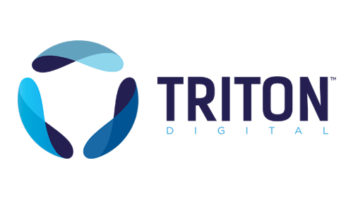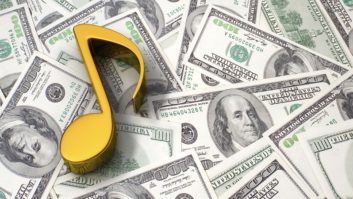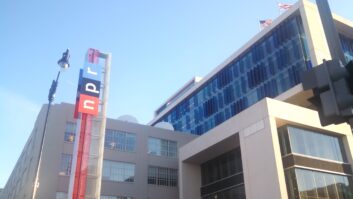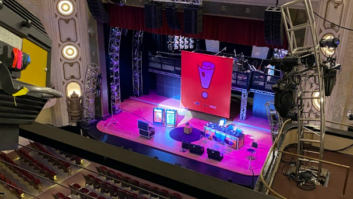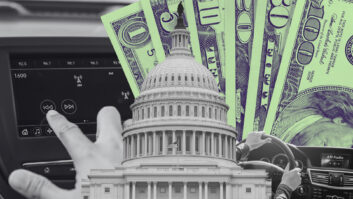Pew Research concludes fewer stations aired an HD Radio signal in 2012, compared to 2011.
In the audio component of the Pew Research Center State of the Media 2013 media consumption survey, researchers believe fewer stations, 2,048, were transmitting an HD Radio signal in 2012 compared to 2,103 the year before, citing BIA data and Pew’s own analysis. The researchers don’t detail whether those are main or multicast signals, nor why the number dropped.
However iBiquity Digital says the Pew numbers aren’t accurate. “We believe we know the source of the data error and are working with BIA and Pew to try and correct” that, company President/CEO Bob Struble tells Radio World.
IBiquity says on Dec. 31, 2011, 2,034 stations were on-air transmitting an HD Radio signal. That number increased to 2,048 in 2012. Struble says there’s actually been a net gain in stations broadcasting in HD since 2002; that’s when the first facilities in the initial seed markets went on the air.
Struble also points to growth in multicast channels, and stations increasing their commitment, implementing advanced data features like Artist Experience. Four hundred HD Radio stations have upgraded their HD to include AE, the ability to sync the audio with images like album art. As of today, there are 1,146 HD2 channels, 277 HD3 channels and 25 HD4 channels, for a total of 1,446, according to iBiquity.
We’ve noted that stations don’t always alert the technology developer when they stop transmitting in HD, either temporarily or permanently. The figures also don’t take into account that many stations faced hard choices during the recession, including spending their shrinking cap-ex dollars on items other than HD Radio facility upgrades.
“HD failed to both entice AM/FM listeners to pay up,” presumably for a new radio … “and to draw those willing to pay away from satellite,” concludes Pew, though the report concerns the number of stations transmitting a digital signal rather than listening data. Pew is comparing that to SiriusXM, which ended 2012 with 23.9 million subscribers.
In 2012, manufacturers of HD Radio receivers sold a total of 3.9 million; that compares with 2.2 million in 2011 and 1.8 million in 2010. “That’s 50% annual growth rate, and we forecast similar growth for this and the next several years,” according to Struble, who points to a total of 12 million HD Radio receivers sold to-date.
The Pew researchers note that the average price of HD Radio receivers has dropped from nearly $100 in 2008 to about $50 in 2012 and that the technology is now available in more car models; however the report then contradicts itself, concluding HD Radio technology car availability lags behind models that come with factory-installed in-dash apps. We’ve reported that 29 automotive brands offer now or have announced plans to offer HD Radio audio, data or traffic features; that compares with 20 that offer Pandora, according to the research.
“AM/FM is the last analog medium, which presents long term challenges to broadcasters. HD Radio Technology, by improving quality, increasing programming content and adding features and services, allows radio broadcasters to compete more effectively with the many other digital entertainment and information sources. Our business results confirm the importance of broadcast radio’s digital upgrade,” Struble concluded.
Pew was hard on radio all-around, also concluding that news has been relegated to a sliver of the radio listening landscape. News is a “rare component” of newer forms of listening like satellite and online radio. “Only 26 of the more than 1,000 satellite radio channels are categorized as news,” according to Pew.
The Pew Research Center 2012 media consumption survey suggests that even with more options out there, news listening has seen erosion over the years. In 2012, digital news listening surpassed newspapers and radio. According to the survey, 33% of adults said they listened to “news radio yesterday.” That is down from 43% in 2000 and 52% in 1990, but higher than the percentage of respondents who reported reading a newspaper “yesterday” (29%).





